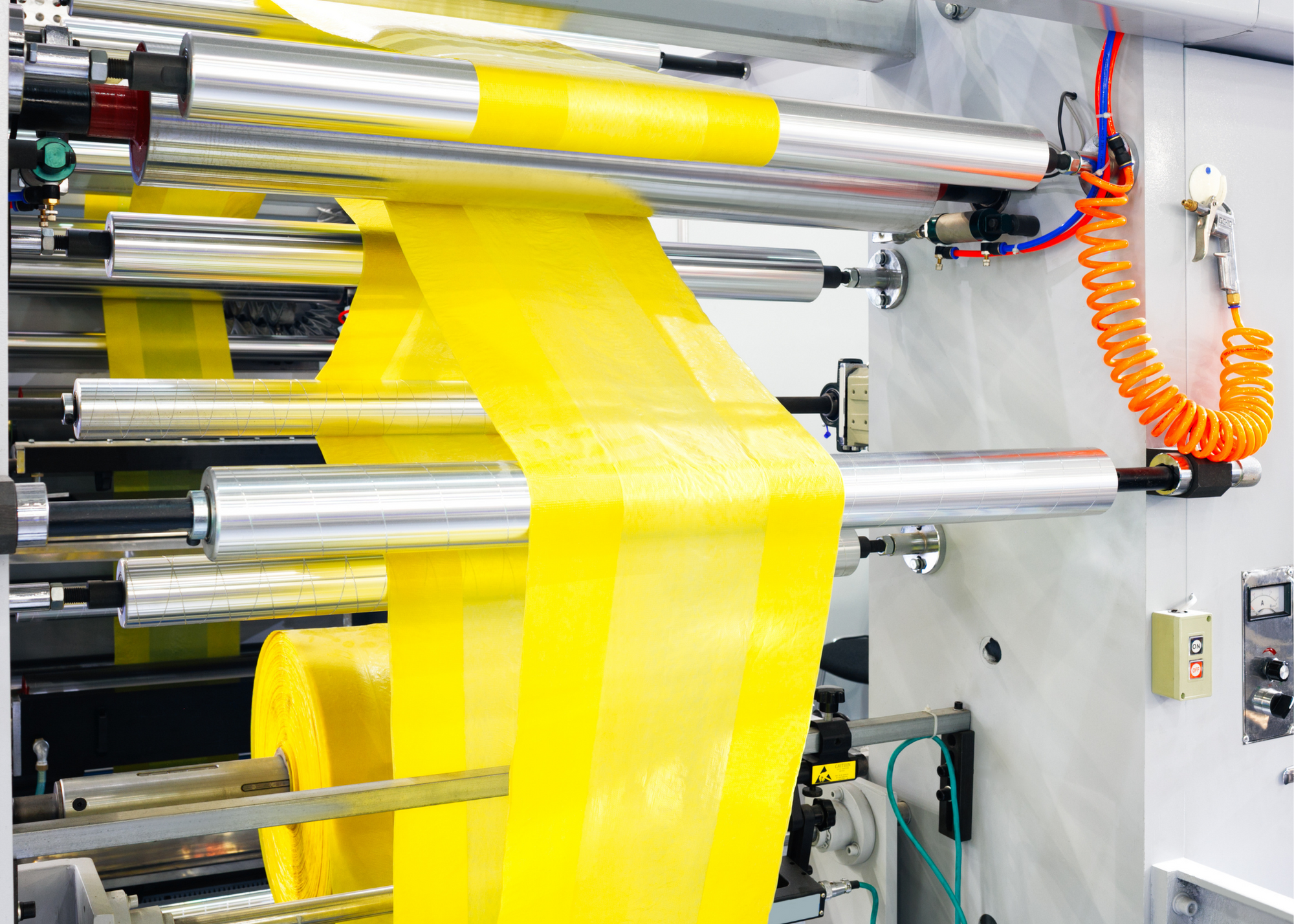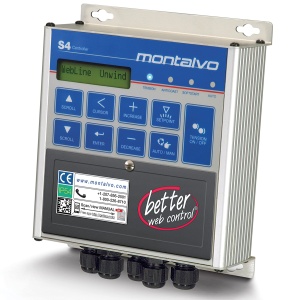Flexography, once known as aniline printing is a comparatively recent phenomenon. The need to print cellophane in the 1930’s helped lay the foundation for modern flexo, however, the first central impression press for packaging didn’t materialize until the 1940’s. The introduction of polypropylene, polyesters and other films from the 1960’s up to the present day spurred flexo press and component development, i.e. better anilox rolls, photopolymer plates, doctor blades, inks, and so on.
A key area of development, which has impacted all processes has been the advances made in tension control systems. The ability to measure and control has and will continue to be fundamental to the success of all web-based converting operations, including flexography.
 Without the ability to measure and control web tension accurately, numerous process inconsistencies will arise. Poor tension control through inappropriate or outdated tension control systems greatly affects the ability to produce quality product. The costly and often extensible nature of many materials combined with today’s emphasis on speed-to-market has meant that converters can no longer afford to tolerate suspect tension control systems. They demand systems that are highly responsive in order to minimize make-ready, maximize uptime and achieve optimum output on a wide range of materials with minimal waste.
Without the ability to measure and control web tension accurately, numerous process inconsistencies will arise. Poor tension control through inappropriate or outdated tension control systems greatly affects the ability to produce quality product. The costly and often extensible nature of many materials combined with today’s emphasis on speed-to-market has meant that converters can no longer afford to tolerate suspect tension control systems. They demand systems that are highly responsive in order to minimize make-ready, maximize uptime and achieve optimum output on a wide range of materials with minimal waste.
Tension control impacts many areas of an operation, some obvious, so not as obvious. For example, a registration control system is used to automatically adjust the image printed by one station relative to the images printed on the other press stations without continual operator interference. However, a limit to the system’s ability to regulate register is imposed if tension is not properly regulated.
One of the limitations to register control is ’tension dissipation’. When a registration control system undertakes a register correction, it either advances or retards a plate cylinder, which also affects tension. To illustrate this, when an inline flexo press is being operated where the plate gear is directly connected to the impression gear, and where the impression cylinder drives the web, this adjustment to registration results in a temporary tension imbalance on either side of the cylinder.
The registration system must be programmed to wait until tension equalization is restored before any additional corrective registration action is taken. An accurate and appropriate method of speed tension adjustment is thus essential to begin with, and has an important role in registration control, the minimization of waste and the ability to run a customer’s differing materials at speed.
In order to control web tension the printer/converter must have continual and precise measurement of ‘actual’ web tension in a format that is meaningful to the controller. The control in turn regulates tension through drive or pneumatic friction brakes to match preset ideal web tension levels.
The vital sequence of measurement is increasingly becoming the province of load cells. These tension sensing devices convert tension to electrical signals; the quality of these signals as a measurement of web tension is a key variable in determining the effectiveness of any tension stabilizing effort. If the signals are imprecise of if they fail frequently due to exposure to operating condition – the consequences would soon show up in operating inefficiencies and product inconsistency.
Montalvo’s range of tension sensing load cells offers a wider measurement range, greater physical tolerance and high repeatability. Integral components in a ‘closed-loop’ tension control system, the Montalvo load cell product line includes Idler shaft, live shaft, live roller, under pillow block, cantilever and compact style load cells.
These semiconductor strain gauge load cells are suitable for processes ranging from tissue to board and are designed to operate over a wide
tension range without electronic temperature compensation. Output signals are produced proportional to the tension in the web as it passes over the roller; the sum of these signals representing average tension across the web.
Montalvo load cells are used in conjunction with the new S4 Digital tension controller, X-3400HD advance tension controller or DTI-3400HD dancer controller with tension indication. These and also the D-3400HD dancer controller provide accurate, ‘closed-loop’ tension control on all web processing machinery. Offering web break detection, inertia compensation, anti-coast, taper, fieldbus connectivity, digital parameter handing, range expansion, hold and ratio splice function and more- these controllers represent the pinnacle of achievement in controller technology.
© Montalvo – Permission granted to use this copyrighted material, in part or all, provided that the source is acknowledged as © www.montalvo.com



